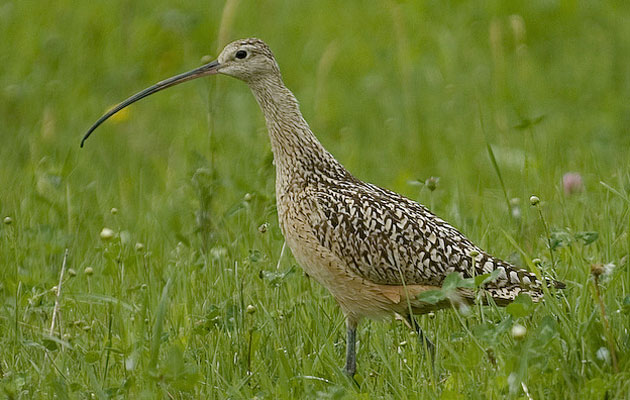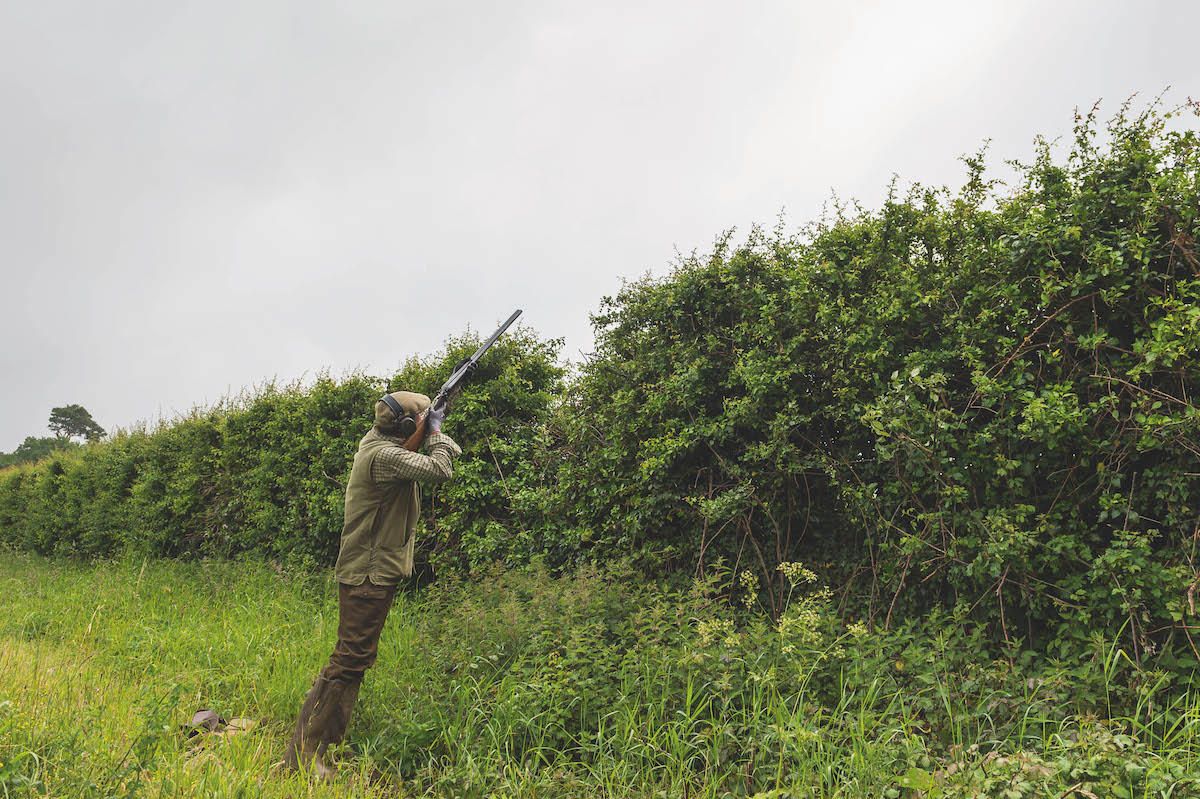Saving the curlew
Shooters and land managers have launched a number of different campaigns to save the globally threatened wading bird, from nest monitoring to corvid culling

It is estimated that there are only around 300 pairs of breeding curlew south of Birmingham
Multiple campaigns are under way to help reverse the decline of the curlew, led by shooting and conservation organisations.
There are only around 300 pairs of breeding curlew left south of Birmingham and, at the current rate of loss, they are expected to disappear from the region in the next eight years.
Numbers have plummeted due to habitat loss and predation
Action on saving the curlew
Scottish Natural Heritage recently granted a research licence to the Perthshire-based Strathbraan Community Collaboration for Waders to manage raven numbers in the area. It is believed that this will help to prevent declines of wading birds, including curlew.
The licence will initially permit the cull of up to 69 ravens to relieve predation pressure. Raven numbers have risen by 134 per cent in the UK in only two decades, while curlew numbers have crashed by 62 per cent in the same period.
Alex Hogg, chairman of the Scottish Gamekeepers Association, said: “The reality is no number of keyboard petitions will save the curlew. Only action will. The practical land managers, who have shared their land with these birds for decades, know the time for talk is long over.
“This licence is a positive action to address a known problem before it is too late.”
As part of its Action for Curlew campaign, the Game & Wildlife Conservation Trust (GWCT) advisers have spent the past few months travelling to sites in Norfolk, Suffolk, Worcestershire, Warwickshire and Cornwall, giving practical advice to farmers and land managers on how to conserve breeding curlew populations on their land.
The GWCT is also hosting the Curlew Country project, which recently received a £65,000 grant from the Heritage Lottery Fund to help monitor and protect curlew nests and raise chicks.
The GWCT’s Roger Draycott commented: “World Curlew Day is important in raising awareness about the plight of curlew and enabling everyone involved in curlew conservation to come together with land managers to deliver practical curlew conservation on the ground.”
BASC has also launched a call for action, urging those who shoot to record curlew sightings in a bid to compile a nationwide picture that can be used to plan how to halt and potentially reverse the decline. Visit po.st/curlew for details on how to record sightings.
Ian Danby, BASC’s head of biodiversity projects, explained: “In many places the numbers are so low that the established general breeding bird surveys do not encounter them enough to give us reliable information. That is why we are calling on people who see curlew between late April and July to make a note and share the knowledge. If we don’t know what we have then we cannot plan to conserve them.”








